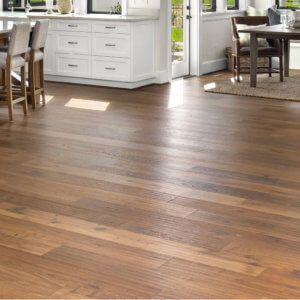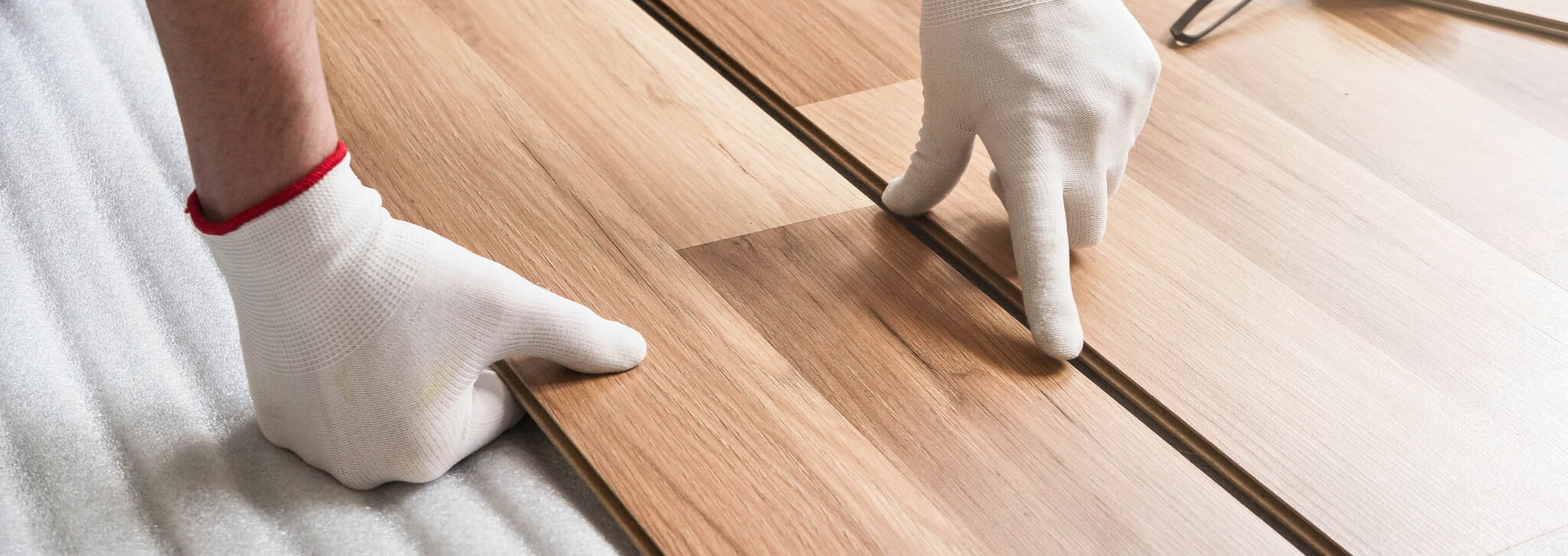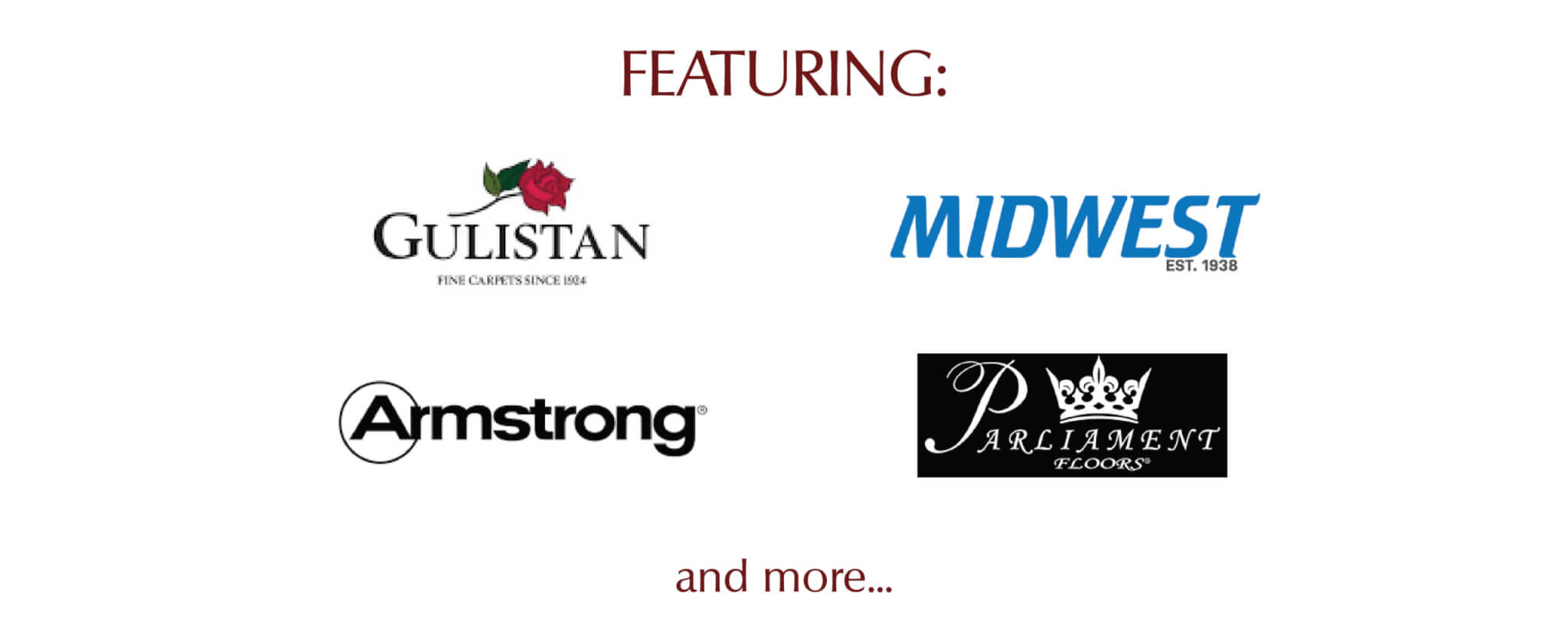 ☰ Menu ScheduleIn-Person or Virtual Visit
☰ Menu ScheduleIn-Person or Virtual Visit ☰ Menu ScheduleIn-Person or Virtual Visit
☰ Menu ScheduleIn-Person or Virtual Visit
Think all luxury vinyl plank flooring (LVP) is the same? Think again! Sloane’s carpet store carries a variety of LVP styles that can fit any budget.
The best part? All of the styles we carry are premium brands giving you top quality, long lasting LVP for a fraction of the cost found anywhere else in Colorado.
When we decided to add to our flooring options at Sloane’s, we decided to start with research. And we spent years looking at flooring to find an option that could last and be affordable. Our abundant research led us to LVP or Luxury Vinyl Planking. LVP has so many benefits and very few (if any) drawbacks. And it will work in your ‘forever’ home, office, rental, and more. We genuinely believe that LVP can offer our customers the absolute best value.
We wanted to make absolutely sure that if we were going to offer this to our customers, it would be an excellent long-term choice.
Likely, you’ve done your homework about LVP. We did, too. We’ve also installed it and lived with it in our homes. We can honestly say that LVP lives up to its claims:

LVP is a composite product, meaning it is composed of a few layers, not just one piece. Understanding these layers and their purpose is key to deciding if this is the right choice for your next project. And, as you research LVP, we encourage you to reach out with any questions. Our team is well-educated on LVP, and we’d be thrilled to tell you more. Most LVP is made up of three components:
Top layer: this is also called the ‘wear layer,’ and it’s the layer that you’ll see. A typical wear layer is either 20 MIL or 12 MIL. MIL refers to the number of coats in the wear layer. 12 MIL has 12 coats, 20 MIL has 20 coats, etc. For a high-use space, like a retail store or office, you’ll likely want something closer to 20 MIL. 12 MIL wear layer will be more than adequate for a residential space.
Middle Layer: following is the core layer or the stability layer. A rigid core maintains the integrity and shape of the floor. The core layer should be rigid as you want your flooring to last and not be damaged by years of use.
Bottom Layer: The bottom layer is a thin layer of padding. Since most LVP can be laid over existing flooring or subflooring, this layer helps smooth the undersurface and can also help with sound and more.
LVP is most commonly installed over existing flooring or subflooring. This makes it a smart choice for DIYers. Since LVP is thinner, you’ll be able to navigate most transitions and doorways, too. However, talk to a professional if you have any doubts or questions or if it’s your first time with this type of flooring.

The team at Sloane’s is highly skilled with LVP and can make installation even easier for you. We’ll have an installer meet you at your location to measure and make sure everything is in order before we begin. Again, if you have questions about his or any flooring option, we’d love to tell you more.
